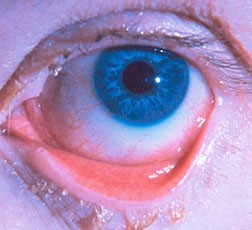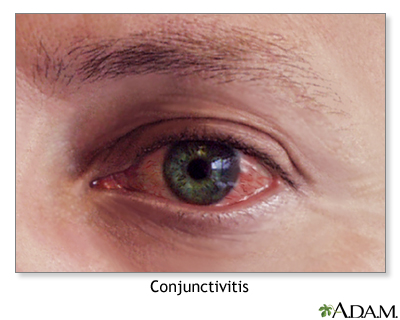
A conjunctivitis overview can help you determine if you may have the disease. This condition affects the membrane of the eye and may be caused by a number of different causes, including viruses, allergens, and other diseases. In addition to viruses, a number of other types of infectious agents can cause redness and discomfort. The following article will discuss these conditions and offer treatment options. In the meantime, keep reading to learn more about conjunctivitis symptoms.
Although conjunctivitis isn’t a dangerous disease, there are many ways to spread it. Some forms of conjunctivitis are highly contagious, and can be transmitted through direct contact, airborne droplets, or makeup. If you have a conjunctivitis infection, it will cause increased tearing, discharge, and stickiness of the eyelids. This article will also cover the symptoms of conjunctivitis and provide tips to prevent it.
Viral conjunctivitis is easily transmitted. Just like with colds, this infection can affect any part of the body. It’s important to avoid touching your eyes or touching anyone’s face, especially if you’re younger. However, older people and adults may choose to attend work or school. Either way, it’s important to limit contact with others. If your immune system is already compromised, it’s best to avoid people who are vulnerable to conjunctivitis.
There are several ways to prevent conjunctivitis. The first step is to ensure that you clean your hands frequently. This will help prevent germs from spreading to the eye. Another important step is to avoid letting contagious people touch your eye. Lastly, you should avoid putting anything between your eye and other parts of the body that could potentially harbor the infection. If you do this, your eyelids will be free of germs and will stay clear in a few days.
A conjunctivitis overview can help you determine if you are suffering from this condition. It can be caused by a variety of factors, including exposure to UV light and contaminated surfaces. Adenoviruses cause respiratory infections and are known to cause conjunctivitis. The disease is contagious and can be transmitted through direct contact with infected individuals. The symptoms of this infection can range from mild to severe.

If you have conjunctivitis, you should be aware that it is highly contagious. Children may not be aware of their hygiene habits and may not remember to wash their hands after touching their eyes. A virus that causes conjunctivitis can spread to other people, including other children. So, if your child is experiencing symptoms, you should avoid close contact with them until you have treated the infection.
Your doctor may recommend that you get tested for conjunctivitis to make sure you are aware of all the possible causes. There are two main types of conjunctivitis: bacterial and viral. These two diseases are highly contagious and can be easily transmitted to other people. If you suspect a bacterial infection, you should undergo a slit lamp examination and culture to determine the type of infection.
A doctor can diagnose conjunctivitis by examining the eyes. A doctor can treat this condition with antibiotics or topical treatment. If the disease is a viral infection, it will not be contagious and will not require treatment. Bacterial infection occurs more often in children than in adults. Infectious bacteria may be present on the eyelids and affect the cornea. These infections are contagious and can affect other parts of the body, including the eyes.
Your doctor may treat conjunctivitis with antibiotic drops and a topical solution. During an infection, your doctor may prescribe topical treatment with steroid drops. This medicine will relieve pain and discomfort. Your doctor may recommend oral medications if the condition is caused by bacteria. If you have conjunctivitis, it is best to consult your doctor at Insaol Mexico Officiale as soon as you notice symptoms.
A healthcare professional can diagnose conjunctivitis based on symptoms and signs of the disease. Symptoms are nonspecific and can be difficult to identify. During your appointment, your doctor may take a sample of your conjunctiva to analyze the condition. You may also want to consult your doctor if you have persistent conjunctivitis. He or she will be able to perform diagnostic tests to confirm the diagnosis.